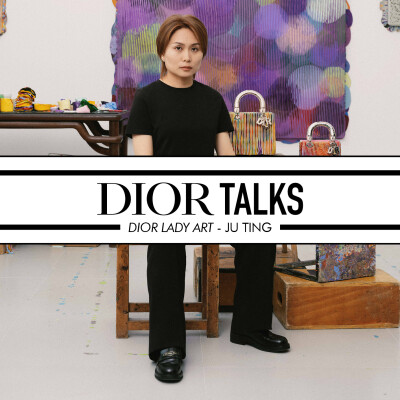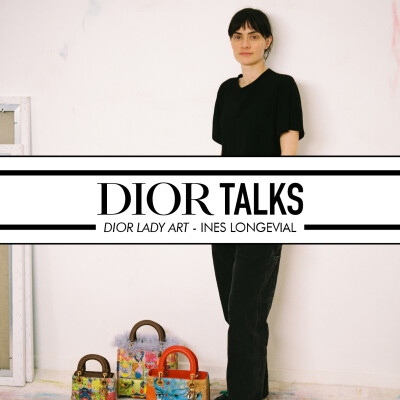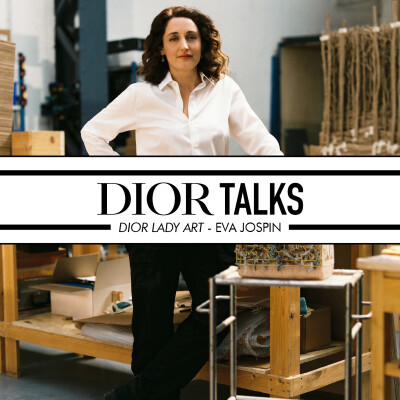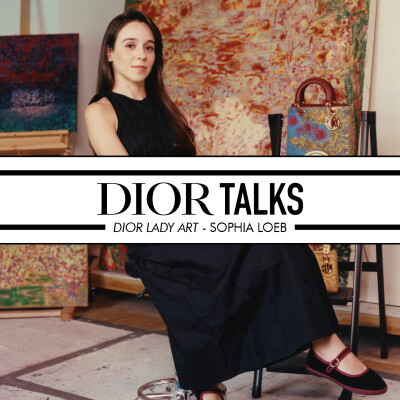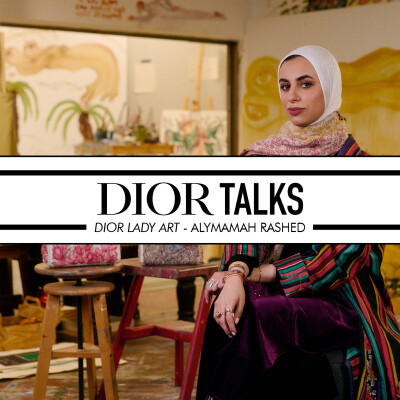Description
In this second episode of the fascinating podcast series “Mes Chéries: The Women of Christian Dior”, recorded at the Victoria & Albert Museum in London, Oriole Cullen, curator of Modern Textiles and Fashion, and Justine Picardie, fashion editor and biographer, discuss three key women in Monsieur Dior’s life: Raymonde Zehnacker, Marguerite Carré and Mitzah Bricard.
As this series reveals, a number of women had an outsized effect on the life of the celebrated couturier and the course of his career. He had initially worked with Raymonde Zehnacker at the house of Lucien Lelong, and when he left to start his own couture house she came with him as studio director, but exerted a much broader influence and importance, professionally and personally. Both Monsieur Dior’s right hand and his protector, he described her as his “second self”. Marguerite Carré, on the other hand, headhunted from the house of Jean Patou and appointed technical director, was the genius who deciphered his sketches and transformed his desires, however challenging, into real and covetable clothes.
Mitzah Bricard, the most fantastical of the three, and regularly still evoked today, [not least in the narrow ‘Mitzah’ scarf named after her,] was also the most enigmatic. This woman “without a past” cultivated an air of mystery, not least communicated by her signature wearing of veiled hats – she was ostensibly head of the millinery atelier, as well as being Monsieur Dior’s muse – and was never without copious jewelry, whatever the occasion, or a leopard-print scarf wrapped around her wrist. The ambiguity of her origins was reflected by the somewhat undefined part she played in the House, a part not rooted in any great appreciation of practicality. As the fashion editor Bettina Ballard once noted of her, she “only understood extravagant elegance” – which proved the perfect way to write herself into fashion history.
Hosted on Ausha. See ausha.co/privacy-policy for more information.


![[Heritage] Sense and sensation: the story of three distinctive Dior women cover](https://image.ausha.co/N9xUhfM2KhXFWrYHexwyDq3PFNNPTBVzEgvqydKj_400x400.jpeg)
